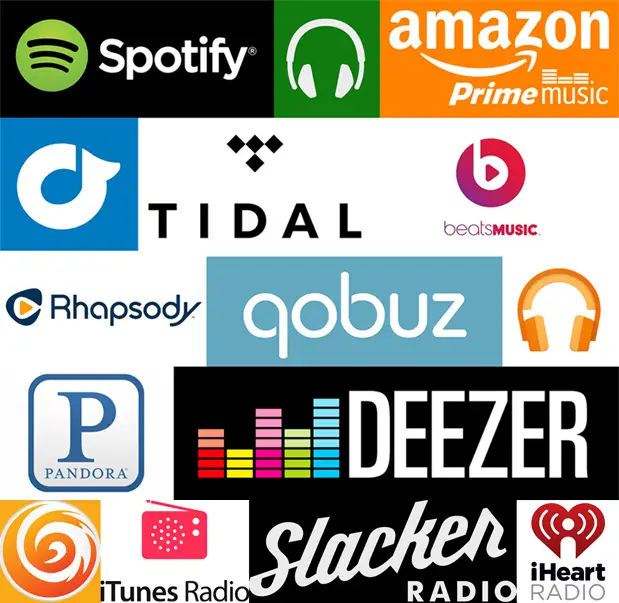
The Story of Rdio’s Bankruptcy
Not only was a big fan of Rdio, I was also preparing to do some business with them which promised to bring in some revenue. Then one day, they were gone. Bankrupt, with the carrion sold to Pandora for parts.
No one was more surprised than the Rdio employees I knew. When they went home on Friday, they had no idea that on Monday they’d be out of job.
WTF? How did a seemingly healthy streaming music service suddenly die? Billboard has this look at what happened.
Pandora has established itself, at least in the U.S., Australia and New Zealand where it’s available, as “the Kleenex” of internet radio, inextricable from the idea of streaming free music, all of a piece, with some ads, based on a suggestion. Pandora will, any day (or minute) now, announce the launch of a new subscription service that will put it in direct competition with Spotify, Apple Music, Google Play, Tidal — primarily those first two in the minds of most, let’s be honest — and the rest of a crowded field of music streaming companies.
Pandora started on this road less than a year ago, when it prompted the bankruptcy of Rdio, a streaming service well-liked for its features and interface, founded by the entrepreneur Janus Friis in 2008 and launched in 2010. Rdio’s bankruptcy, filed on Nov. 16, 2015, was part of an amicable takeover by Pandora of Rdio’s constituent parts, which it planned to use as the foundation for the streaming service currently about to launch. Because Pandora required Rdio to file for bankruptcy before it paid for any of its assets, we now have a good idea of how the whole thing came together, a peek at how international tech ventures are structured, and what the inside of a small, and failing, streaming service looks like from the inside.


